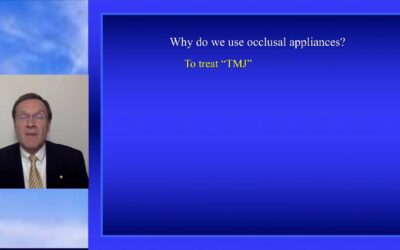Duration: 1 hour, 27 minutes, 40 seconds
Author: Dr. Arnaldo Castellucci
The Use of MTA in Clinical and Surgical Endodontics
Introduction
Dr. Castellucci, an experienced endodontist, explores the remarkable use of Mineral Trioxide Aggregate (MTA) in both clinical and surgical endodontics. With advancements in technology, instruments, and materials, previously challenging procedures have become more predictable and successful.
Revolutionary Material: MTA
One influential figure in the field, Dr. Mahmoud Torabinejad from Loma Linda University, introduced MTA. This innovative material is biocompatible and has the unique ability to stimulate healing processes and promote osteogenesis. Its versatility and effectiveness make it a valuable asset in endodontic treatments.
Maintaining a Dry Operative Field
MTA proves exceptionally useful in achieving a dry operative field during endodontic procedures. Its hydrophilic nature allows it to absorb moisture, ensuring an optimal working environment. By eliminating moisture, MTA enhances treatment outcomes and facilitates efficient dental interventions.
Effective Sealing Capabilities
One of MTA’s defining features is its excellent sealing capabilities. It can effectively seal communication between the root canal system and the oral cavity or periodontium. This prevents the infiltration of bacteria or other harmful substances, promoting long-term success and preventing reinfection.
Biocompatibility and Patient Safety
MTA’s biocompatibility ensures that it is well-tolerated by the patient’s body. It does not trigger any adverse reactions or cause inflammation. This makes it an ideal material for treating patients with various sensitivities or allergies, without compromising treatment quality.
Enhanced Healing and Osteogenesis
The unique ability of MTA to stimulate healing processes and promote osteogenesis is a significant advantage in endodontics. It helps in the regeneration of the bone and the formation of a favorable environment for the healing of periapical lesions. This leads to improved patient outcomes and a higher success rate in endodontic procedures.
Conclusion
MTA has become a game-changer in the field of endodontics. Its hydrophilic nature, excellent sealing capabilities, biocompatibility, and ability to stimulate healing processes make it an invaluable asset for endodontic treatments. Dr. Castellucci and many other professionals rely on MTA to achieve successful outcomes for their patients.
Frequently Asked Questions
1. Is MTA suitable for all patients undergoing endodontic treatment?
MTA is generally well-tolerated by patients; however, it is always essential to evaluate each patient individually. Factors such as allergies or underlying medical conditions may influence its usage.
2. How long does it take for MTA to set and become effective?
MTA typically takes approximately 2-4 hours to set and become fully effective. The process of setting and hardening may vary depending on the specific MTA product being used.
3. Can MTA be used in surgical endodontic procedures?
Yes, MTA is commonly used in surgical endodontic procedures. Its excellent sealing capabilities and biocompatibility make it an ideal choice for procedures such as apicoectomy or root-end resection.
4. Are there any alternatives to MTA in endodontic treatments?
While MTA is widely regarded as one of the best materials for endodontic procedures, there are some alternatives available, such as bioceramics or calcium hydroxide. However, none exhibit the same level of versatility and effectiveness as MTA.
5. Is MTA a permanent solution for endodontic treatments?
MTA provides a long-lasting and durable solution for endodontic treatments. However, periodic follow-up visits with your endodontist are necessary to ensure its ongoing efficacy and detect any potential issues.





thank u so much dr arnold sir give us wonderful knowledge in simple words